In mineral exploration and geological surveys, understanding the differences between core drilling and reverse circulation (RC) drilling is crucial for project decision-making. This article breaks down these two technologies in simple terms.
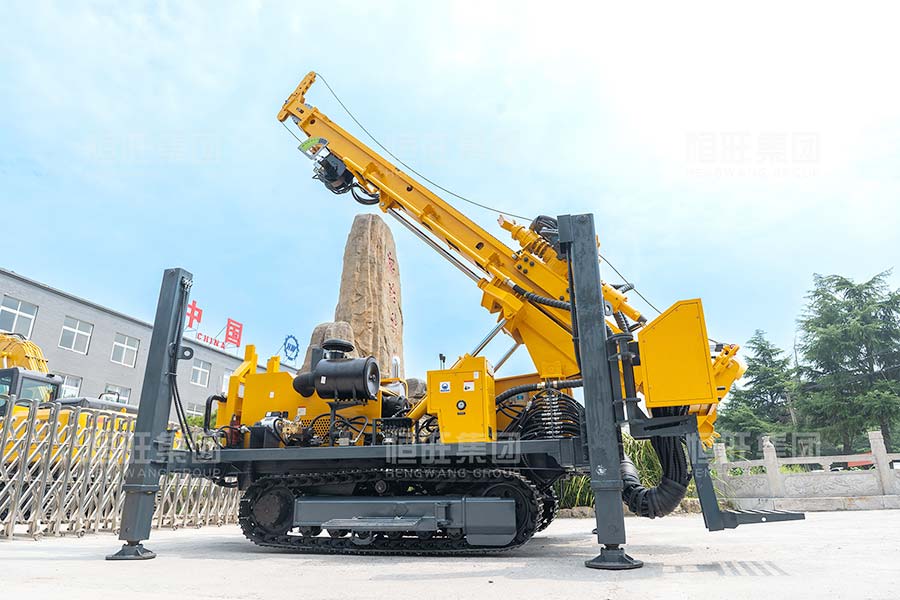
1、Fundamental Sampling Differences
The core drilling vs RC drilling difference starts with sampling. Core drilling acts like a "geological sampler," preserving complete cylindrical rock samples, while RC drilling works like a "high-speed conveyor," quickly bringing fragmented cuttings to the surface.
2、Efficiency Comparison
The core drilling vs RC drilling difference in speed is striking: core drilling may progress 20-50 meters per day, while RC can easily achieve 100-200 meters daily. However, core provides more precise data, making RC better for rapid surveys.
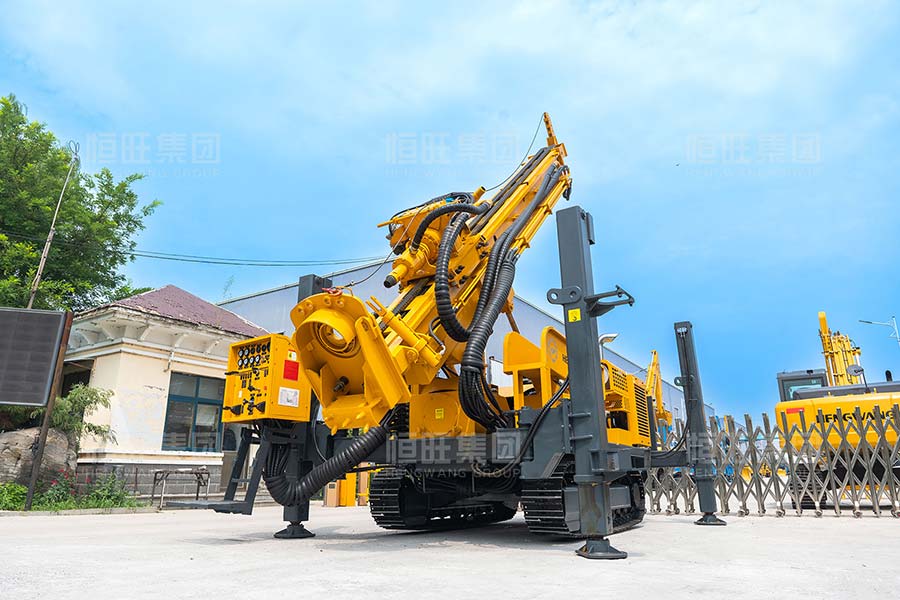
3、Typical Application Scenarios
Understanding the core drilling vs RC drilling difference depends on usage:
(1) Core drilling for mineral exploration (shows ore distribution)
(2) RC drilling for water wells (prioritizes speed)
(3) Core is essential for research projects (needs complete stratigraphic records)
4、Cost Considerations
The core drilling vs RC drilling difference in cost shows that core equipment is expensive but delivers high-value data, while RC is affordable with simpler maintenance - like comparing DSLR cameras to smartphone photography.
5、Future Integration Trends
Modern rigs are blurring the core drilling vs RC drilling difference, with intelligent models that automatically switch modes - essentially becoming "Transformers of geological exploration."
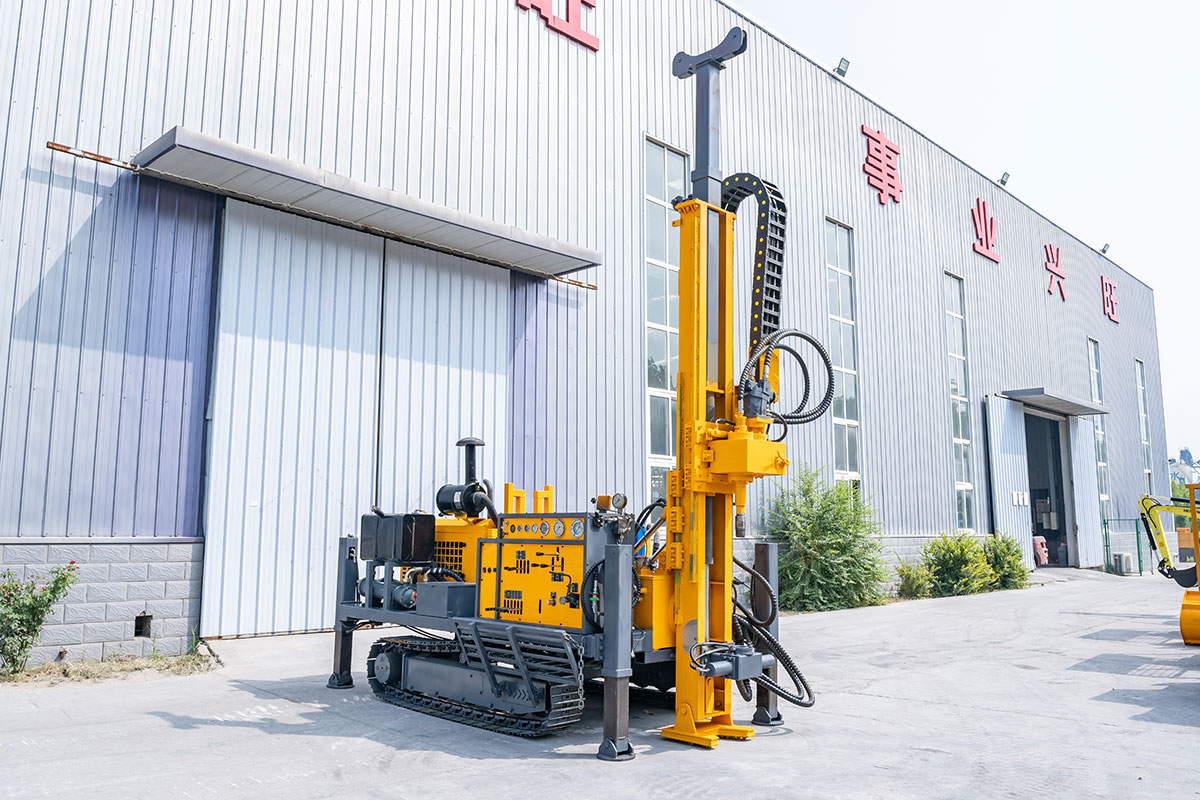
6、Practical Recommendations
When facing the core drilling vs RC drilling difference choice, remember:
(4) Choose core for precision
(5) Select RC for speed
(6) Consider hybrid models if budget allows
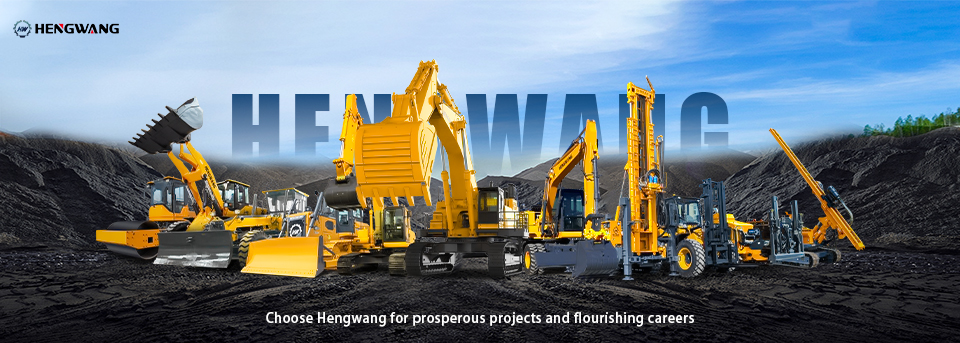
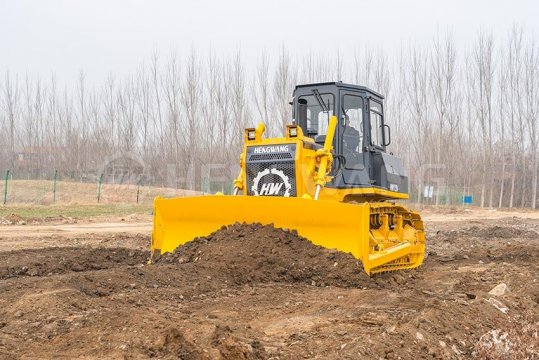 Bulldozer Blade Types: Core Configuration for Adapting to Different Operating Scenarios
Bulldozer Blade Types: Core Configuration for Adapting to Different Operating Scenarios
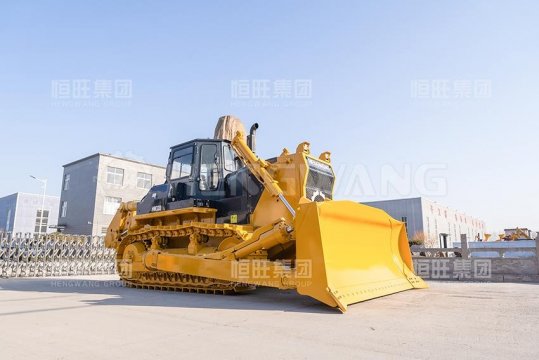 Swamp bulldozer: An Efficient Solution for Operations in Muddy Environments
Swamp bulldozer: An Efficient Solution for Operations in Muddy Environments
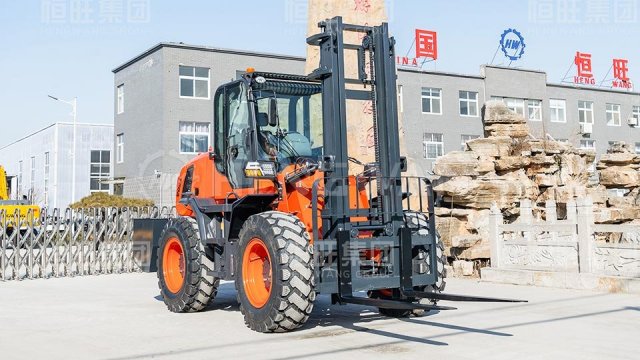 Rough terrain forklift with highest load capacity: A High-performance Solution for Heavy-duty Outdoor Operations
Rough terrain forklift with highest load capacity: A High-performance Solution for Heavy-duty Outdoor Operations